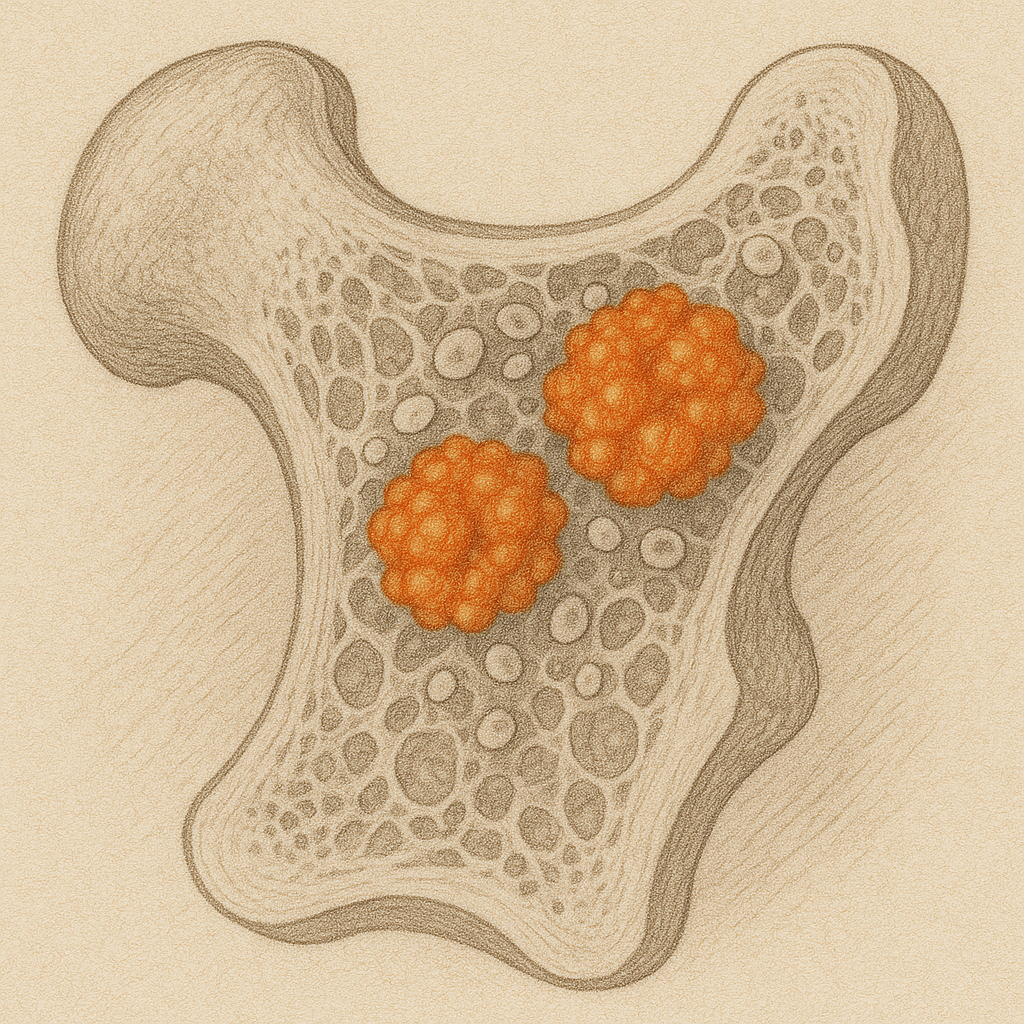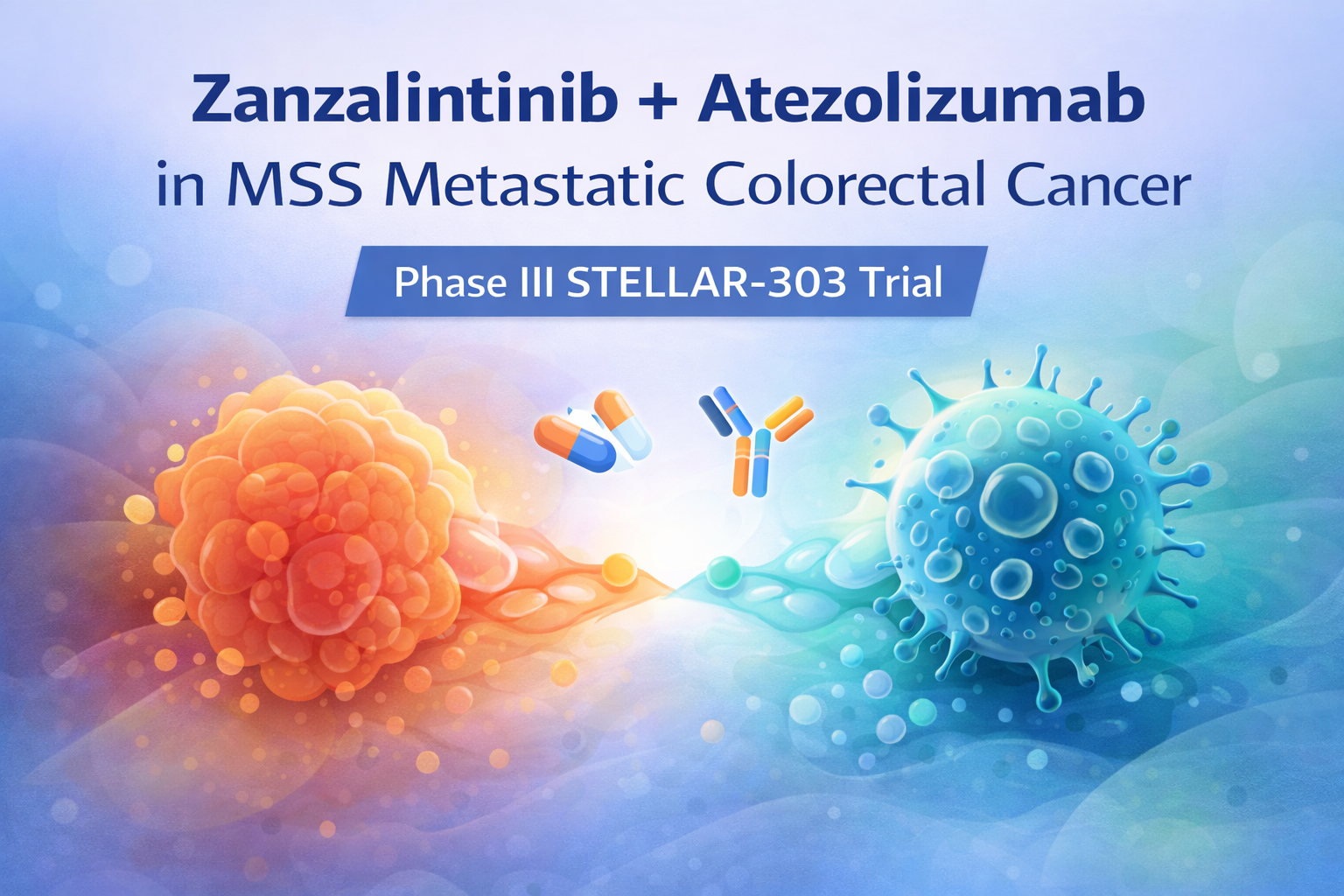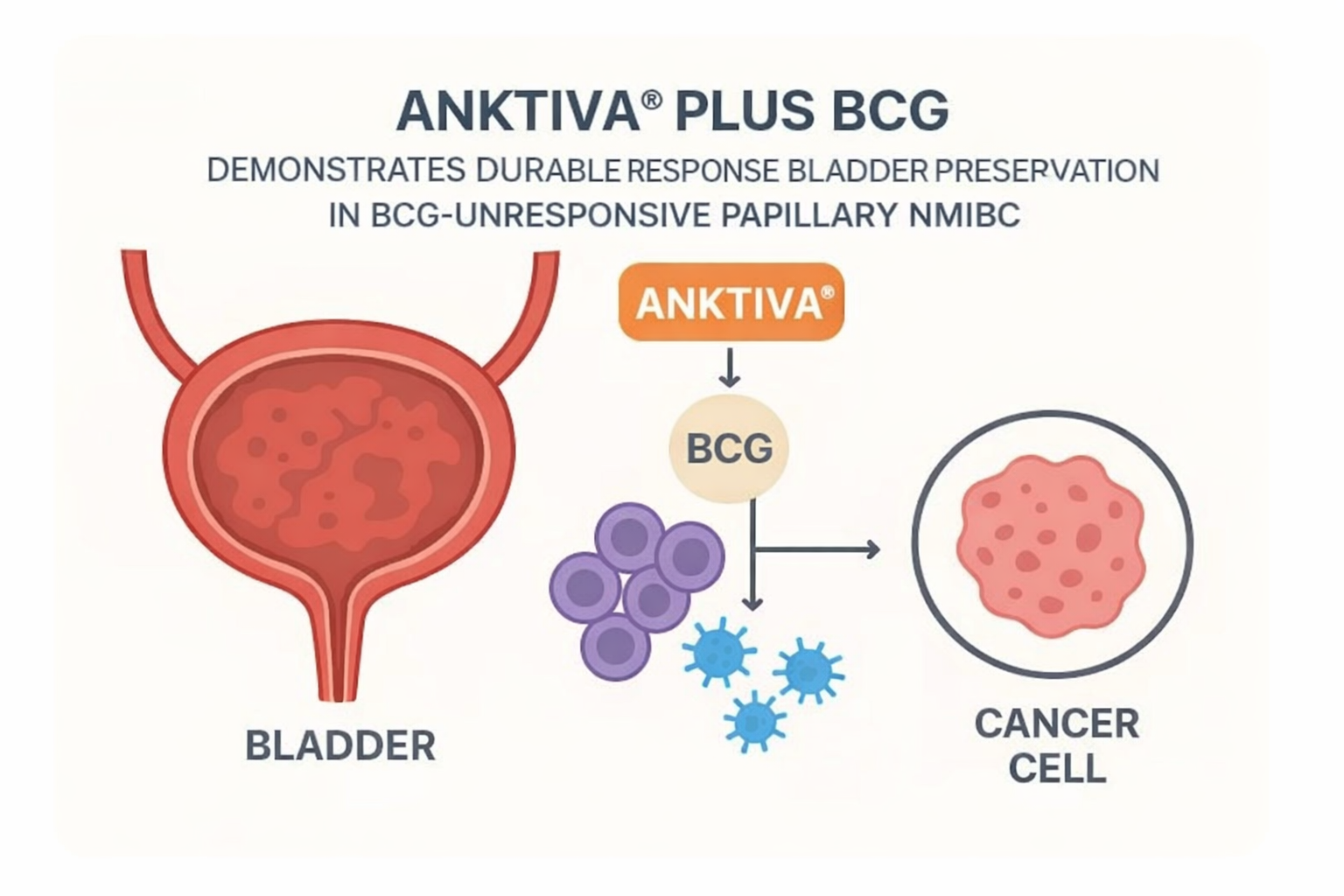

Talquetamab plus teclistamab combination therapy achieved a 79% overall response rate with 52% complete responses in triple-class exposed relapsed/refractory multiple myeloma (RRMM) patients with extramedullary disease (EMD), significantly outperforming historical monotherapy results. This dual bispecific antibody approach represents a new standard for EMD patients, a historically difficult-to-treat population with poor outcomes.

Study Design & Population
Phase 2 RedirecTT-1 EMD cohort (NCT04586426)
- 90 patients with triple-class exposed RRMM and EMD
- Median age 65 years, median 4 prior lines of therapy
- 84% triple-class refractory, 36% pentadrug refractory
- 20% prior anti-BCMA CAR-T therapy, 9% prior bispecific antibodies
- EMD defined as ≥1 nonradiated soft tissue plasmacytoma ≥2 cm noncontiguous with bone
Key Findings
- Overall response rate: 79% (95% CI: 69.0-86.8)
- Complete response rate: 52%, with 70% achieving ≥VGPR
- Median progression-free survival: 15.4 months with 1-year PFS of 61%
- Median duration of response: 13.8 months
- 1-year overall survival: 74.5%
- ORR 83% in patients with prior anti-BCMA CAR-T therapy
- 77.5% of responders successfully switched to monthly dosing schedule
Clinical Implications
- Combination substantially outperforms monotherapy talquetamab (ORR 43.5%) and teclistamab (ORR 43.4%) in EMD
- Efficacy comparable to CAR-T therapy outcomes in RRMM with EMD population
- Monthly dosing schedule feasible for most responders after initial treatment cycles
- Represents first dual-targeting bispecific approach showing superior outcomes in EMD
Limitations
- Single-arm study design without direct comparator arm
- Median follow-up of 12.6 months limits long-term durability assessment
- Grade 5 adverse events in 11.1% of patients, with half being infections
- High rate of grade 3/4 neutropenia (62%) and infections (37%)



